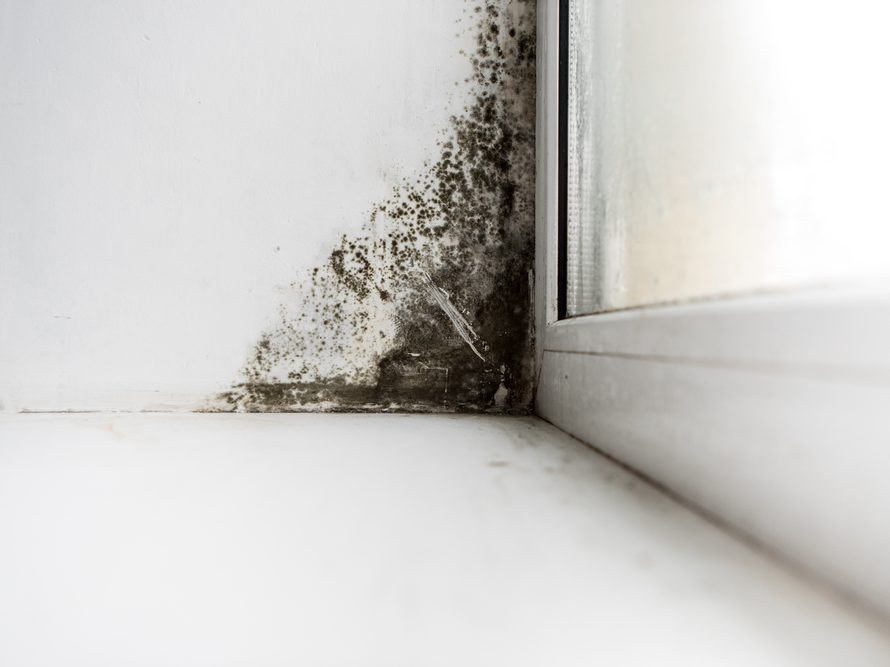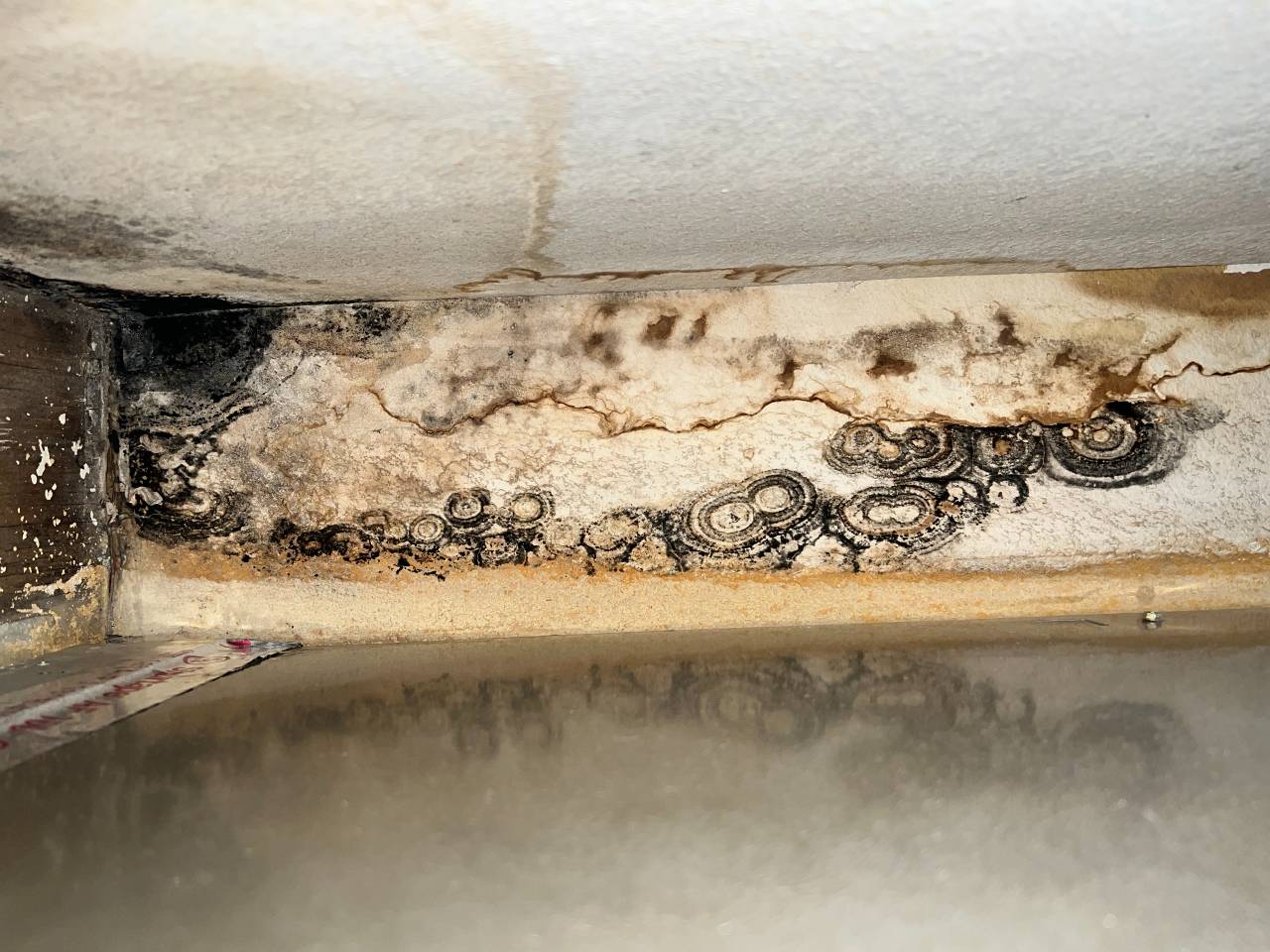Crucial Steps After Mold Remediation
Your Ultimate Guide to Article Mold And Mildew Removal Strategies
Browsing the world of post-mold remediation strategies is a thorough process that requires interest to detail and a thorough understanding of the complexities entailed. In the results of mold and mildew infestation, understanding how to efficiently remove the mold and mildew and prevent its reoccurrence is extremely important for keeping a healthy indoor setting. From picking the best cleaning and sanitizing methods to carrying out strategies for long-term mold avoidance, each step in the removal journey plays a critical role in making certain an effective result. As we start this expedition of post-mold remediation techniques, we will discover the essential techniques and ideal methods that can help you restore your space to its pre-mold problem and safeguard it against future mold threats.
Comprehending Post-Mold Remediation Process
After completing the mold and mildew removal process, it is essential to recognize the post-mold removal techniques that are essential to guarantee a thorough and effective clean-up. When the mold and mildew has been eliminated, the following action entails cleaning and sanitizing the impacted areas to avoid any kind of regrowth of mold and mildew. This consists of utilizing specialized cleansing agents to wipe down surfaces and eliminate any kind of staying mold and mildew spores. It is necessary to dry the location entirely to dissuade the development of mold and mildew in the future (Post remediation mold testing near me). Correct air flow and dehumidification can aid in this process.
Additionally, performing a last examination post-remediation is vital to make certain that all mold and mildew has actually been successfully removed. This examination needs to include a comprehensive visual check along with possibly air sampling to confirm the absence of mold spores airborne. Extra removal might be necessary if the inspection discloses any type of remaining mold and mildew. Last but not least, informing owners on precautionary procedures such as controlling moisture degrees and without delay addressing any type of water leakages can help keep a mold-free atmosphere.
Effective Cleaning Up and Decontaminating Techniques

Avoiding Future Mold And Mildew Development

Significance of Correct Air Flow
Proper air flow plays an important duty in protecting against moisture accumulation, an essential element in mold growth within interior environments. Effective air flow systems help eliminate excess moisture from the air, minimizing the opportunities of mold spores finding the wetness they need to germinate and spread out. Without appropriate ventilation, indoor spaces can become a breeding ground for mold and mildew, resulting in prospective health dangers and architectural damage.
By making sure proper air flow, ventilation systems can likewise help in drying out moist locations quicker after water damage or flooding events, further hindering mold and mildew growth. testing air quality after mold remediation. In spaces like shower rooms, basements, attic rooms, and kitchens where moisture degrees often tend to be higher, mounting and keeping effective air flow systems is crucial in preventing mold invasions

Surveillance and Upkeep Tips
Offered the essential role that appropriate air flow plays in preventing mold growth, it is crucial a fantastic read to establish efficient monitoring and upkeep tips to ensure the continued functionality of air flow systems. Monitoring humidity levels within the building is also essential, as high humidity can contribute to mold growth. By staying proactive and mindful to the condition of ventilation systems, residential or commercial property owners can successfully reduce the threat of mold regrowth and keep a healthy and balanced interior atmosphere.
Verdict
In final thought, post-mold removal strategies are crucial for making sure a secure and clean setting. Recognizing the procedure, applying efficient cleansing and disinfecting techniques, protecting against future mold development, maintaining correct ventilation, and routine tracking are all essential steps in the remediation procedure. By adhering to these guidelines, you can effectively remove mold and prevent its return, advertising a healthy and balanced living or functioning area for all occupants.
In the aftermath of mold infestation, understanding how to efficiently eliminate the mold and stop its reoccurrence is critical for preserving a healthy interior environment. When the mold and mildew has been eliminated, the following step includes cleansing and sanitizing the affected areas to avoid any regrowth of mold and mildew - what to do after mold remediation. After getting rid of visible mold and mildew growth, it is essential to cleanse all surfaces in the affected area to remove any remaining mold spores. To further enhance mold avoidance steps, it is vital to attend to underlying concerns that originally led to mold and mildew advancement.Provided the essential role that proper ventilation plays in stopping mold and mildew development, it is imperative to develop effective surveillance and upkeep suggestions to make sure the ongoing capability of air flow systems